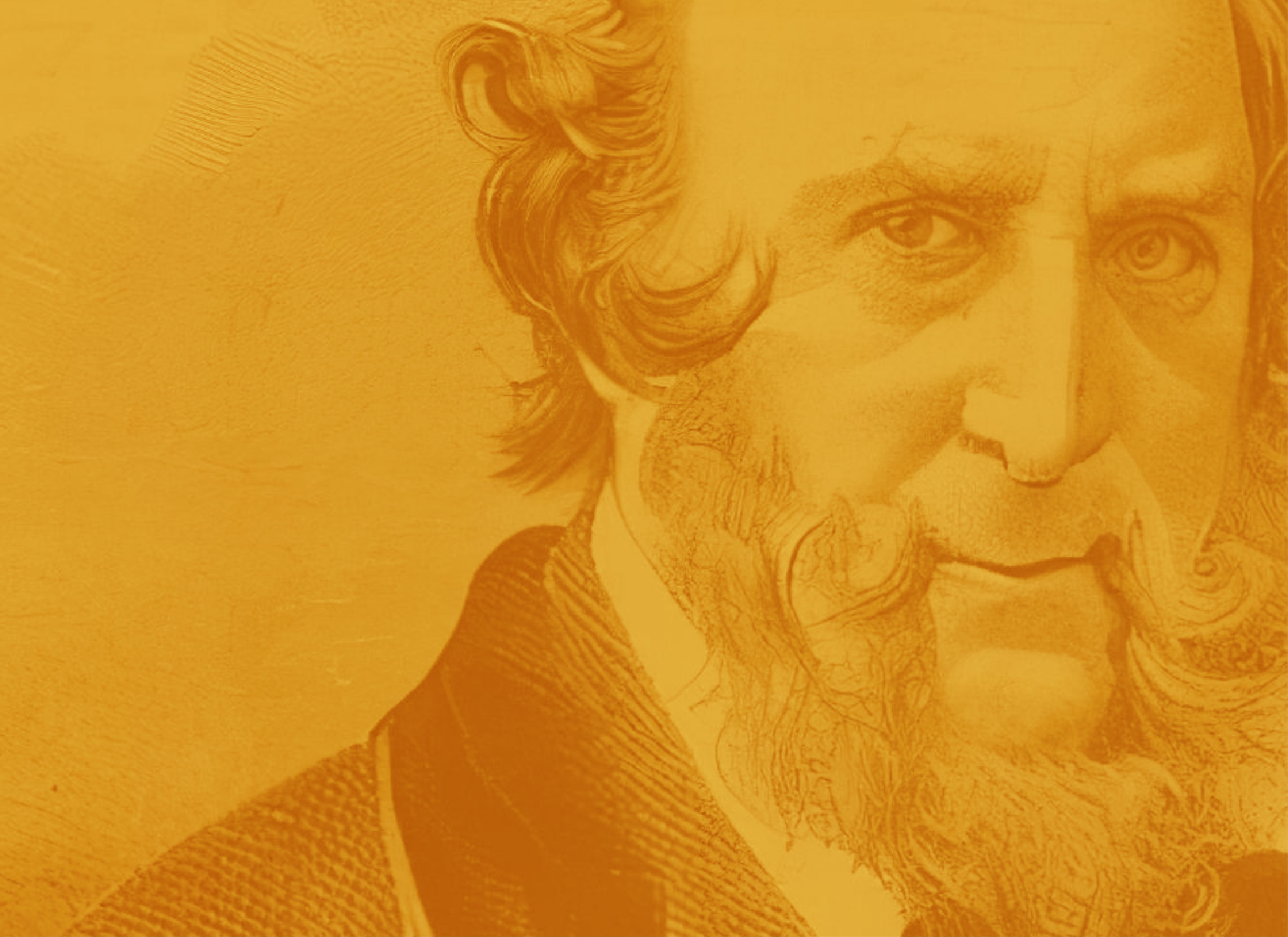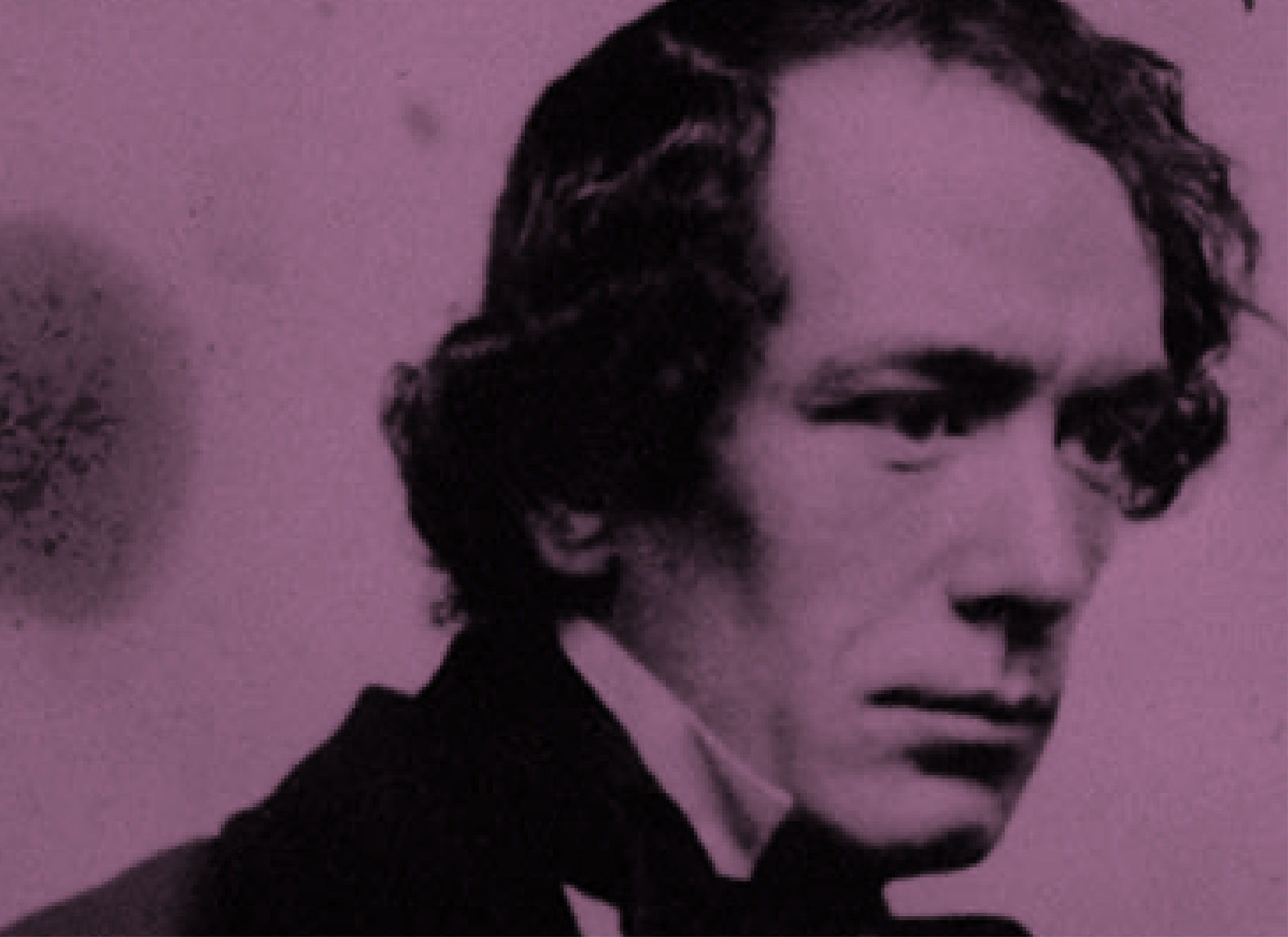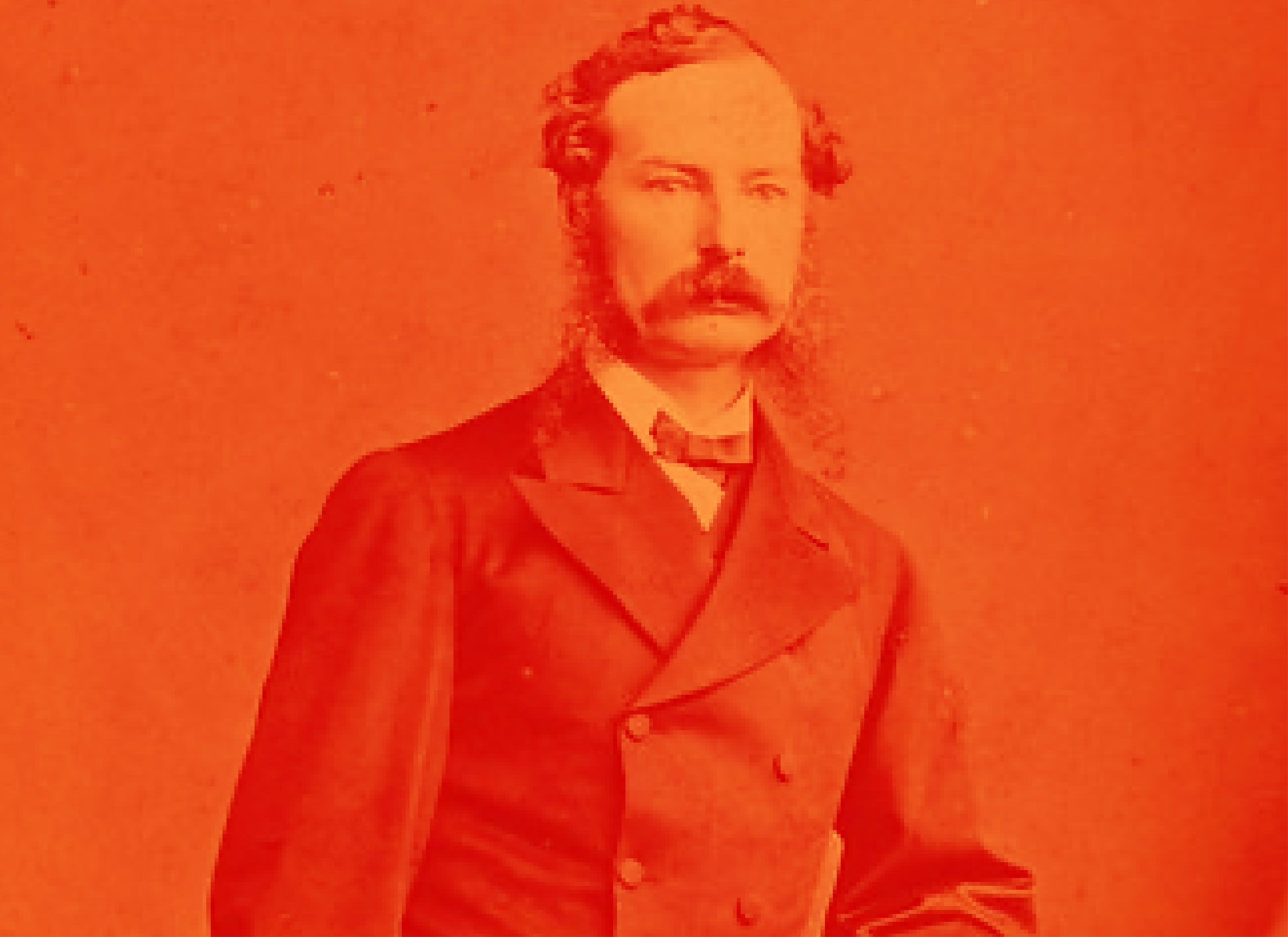George Cruikshank - Grimm Tales
George Cruikshank, the son and younger brother of caricaturist Isaac Cruikshank, learned his craft at home. Cruikshank started his career as his father’s apprentice and assistant. His older brother, Isaac Robert, also became a caricaturist and illustrator in the family business. George earned an early reputation as a sarcastic pictorial observer of his day’s political and social scene. Starting at nineteen, he drew for “The Scourge,” a monthly publication that exposed fraud and foolishness. He frequently targeted the libertine Prince of Wales, earning praise for his bold and daring approach to caricature, comparable to James Gillray, a renowned caricaturist of the previous generation. In 1820, when the prince became King George IV, Cruikshank’s relentless mockery led the royal household to offer him money to stop. He accepted the bribe but humorously refused to comply with their conditions.
The artist’s commercial success was boosted by the emergence of a burgeoning middle class with a preference for purchasing prints. Cruikshank created and sold prints, from colorful to black and white. While he favored etching, he also dabbled in woodcutting.
The artist was also loved by children. The British novelist and author William Makepeace Thackeray even gave up buying sweets to purchase Cruikshank’s prints. He once stated that the artist was “the friend of the young especially.” A writer observed how he was drawn to George’s illustrations as a child and how that fascination continued into adulthood." [his] hold on us – which is lifelong if we have first encountered him in childhood – and which ties the other qualities together is that his work is beautiful, at times sensuously so."
In 1823, as the fashion for satire diminished, George Cruikshank expanded his artistry to book illustration by releasing The Humourist. He then created illustrations for more than 800 books. Among the first books Cruikshank illustrated was the Collection of German Popular Stories by Wilhelm and Jacob Grimm, a significant work of the time. He also used his artistic skills to express his opposition to the Industrial Revolution. By 1835, Cruikshank had become the most influential graphic artist in England. He then launched his own publication, Cruikshank’s Comic Almanack, where he displayed his illustrations alongside stories written by famous writers such as William Makepeace Thackeray.
Around the same time the Almanack was released, George Cruikshank was asked by publisher John Macrone to illustrate a collection of stories by Charles Dickens. This led to a close, though occasionally turbulent, partnership between Cruikshank and Dickens, with Cruikshank serving as the illustrator for both Sketches by Boz and Oliver Twist. This series, Sketches by Boz, was published in 1836, and the praise given to Cruikshank’s illustrations rivaled the text’s. Another of Dickens' series of the same name was published soon after, eventually leading to other publishers seeking to publish works by Dickens with illustrations by Cruikshank. Cruikshank’s name became so popular in the London literary scene that he was soon being paid just for using his name as an illustrator, in addition to paying for his work. Richard Bentley, the publisher of Bentley’s Miscellany journal, approached Cruikshank to illustrate Oliver Twist, which was soon published in the same journal. Cruikshank agreed, and in 1837, the first chapter of Dickens' renowned story was released.
Although George Cruikshank continued to publish his Almanack after the release of Oliver Twist, it was eventually put out of business by Punch Magazine in 1841. In 1847, a reformer commissioned him to create a series of etchings based on William Hogarth’s A Rake’s Progress called The Bottle. The etchings depicted the progression of alcoholism and its effects on a Victorian family. They were popular with Teetotalers who supported the Temperance Movement. George’s father and brother had reportedly struggled with alcoholism, and he was known to have been a heavy drinker in his younger days. These experiences led him to join the Temperance Movement later in life and become an outspoken ‘Teetotaler’, lecturing throughout Britain for thirty years on the dangers of alcohol consumption. He also created other notable illustrations, including The Drunkard’s Children in 1848, A Slice of Bread and Butter in 1857, and Our Gutter Children in 1869. Cruikshank went as far as to rework a collection of traditional stories in the Fairy Library of 1854 to convey an anti-drinking message to young readers.
Cruikshank was a highly esteemed illustrator in England, known as the “Modern Hogarth” by critics for his exceptional talent and style. He is considered one of the greatest British illustrators ever for his outstanding skill at capturing the grotesque and the absurd. However, some critics also spoke ill of him. Unfortunately, in 1870, he suffered a stroke that caused his hands to tremble, and his artistic abilities began to decline. As a result, he received fewer commissions, and his financial situation worsened, leading him to face difficulties. Cruikshank’s work was highly influential; his illustrations brought characters to life, shaped the medium’s development, and continue to be admired by artists and collectors today.
(Some of) George Cruikshank’s Work
Only select works
Grimm’s Fairytale Illustrations
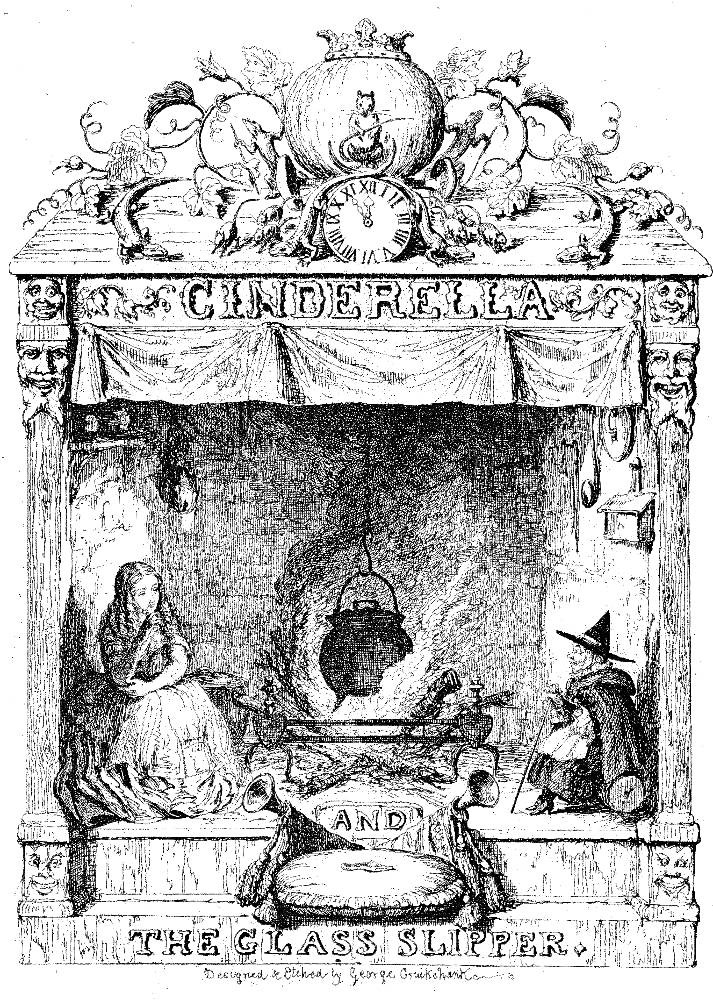
Note: It has been noted that Cruikshank could not draw pretty woman, it also appears that he had trouble drawing children. The children in the Oliver Twist illustrations look like miniature adults without the defining characteristics of children, such as the disproportionately large head and soft features which make a child look like a child.
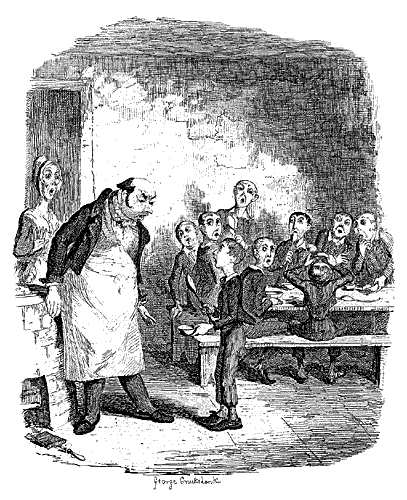
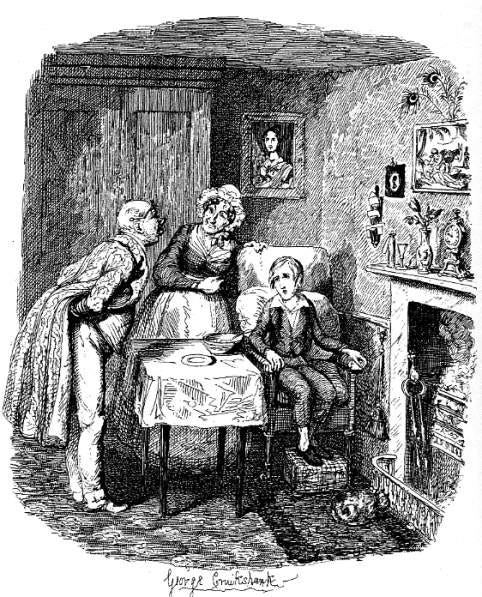
Miscellaneous Works:
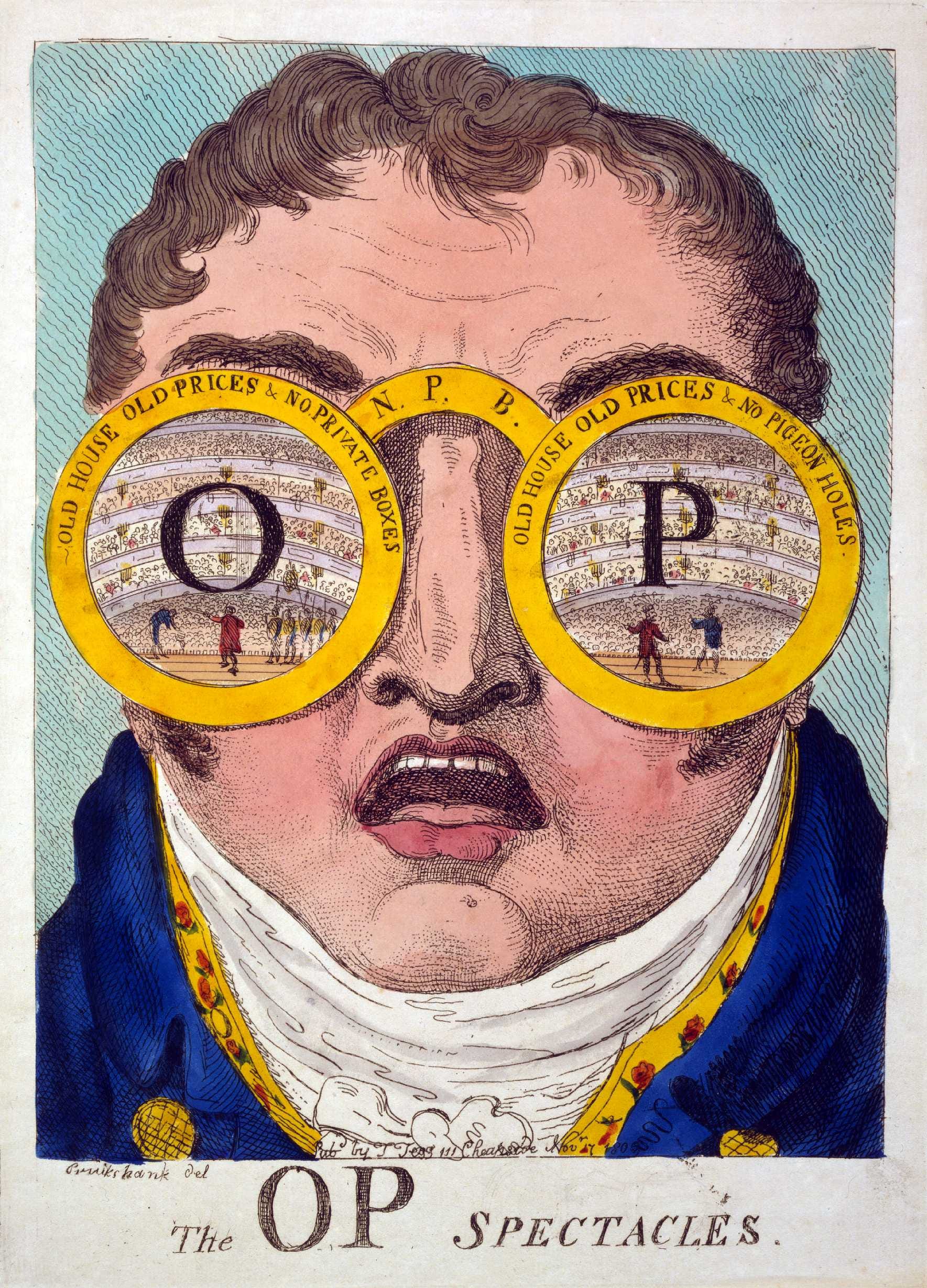
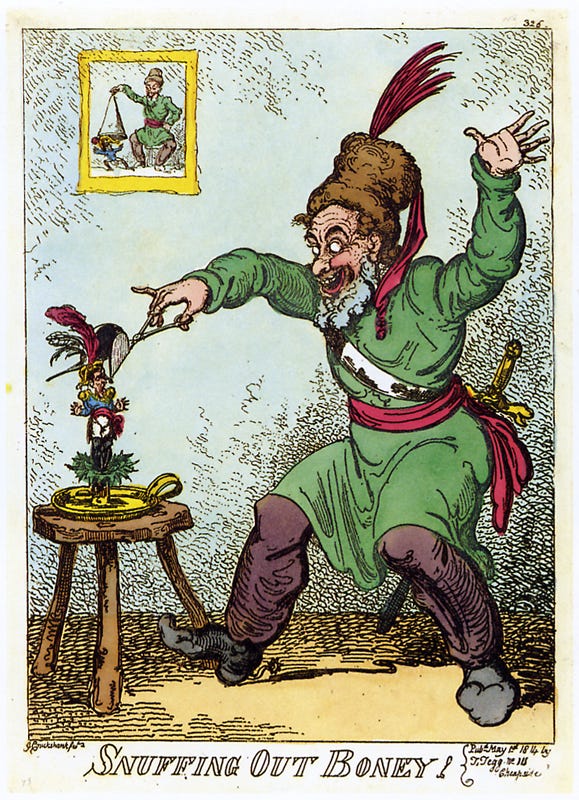
Reference for further works by Cruikshank
Thank you,
Caleb


